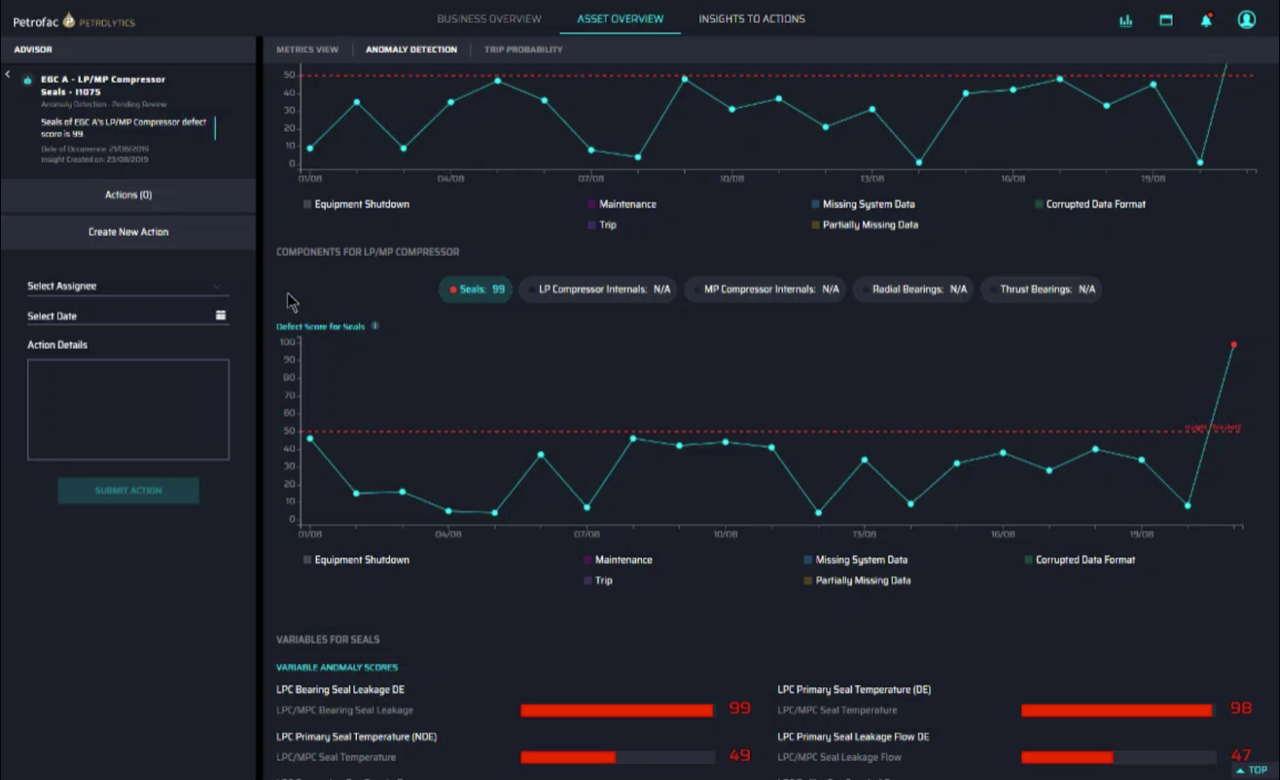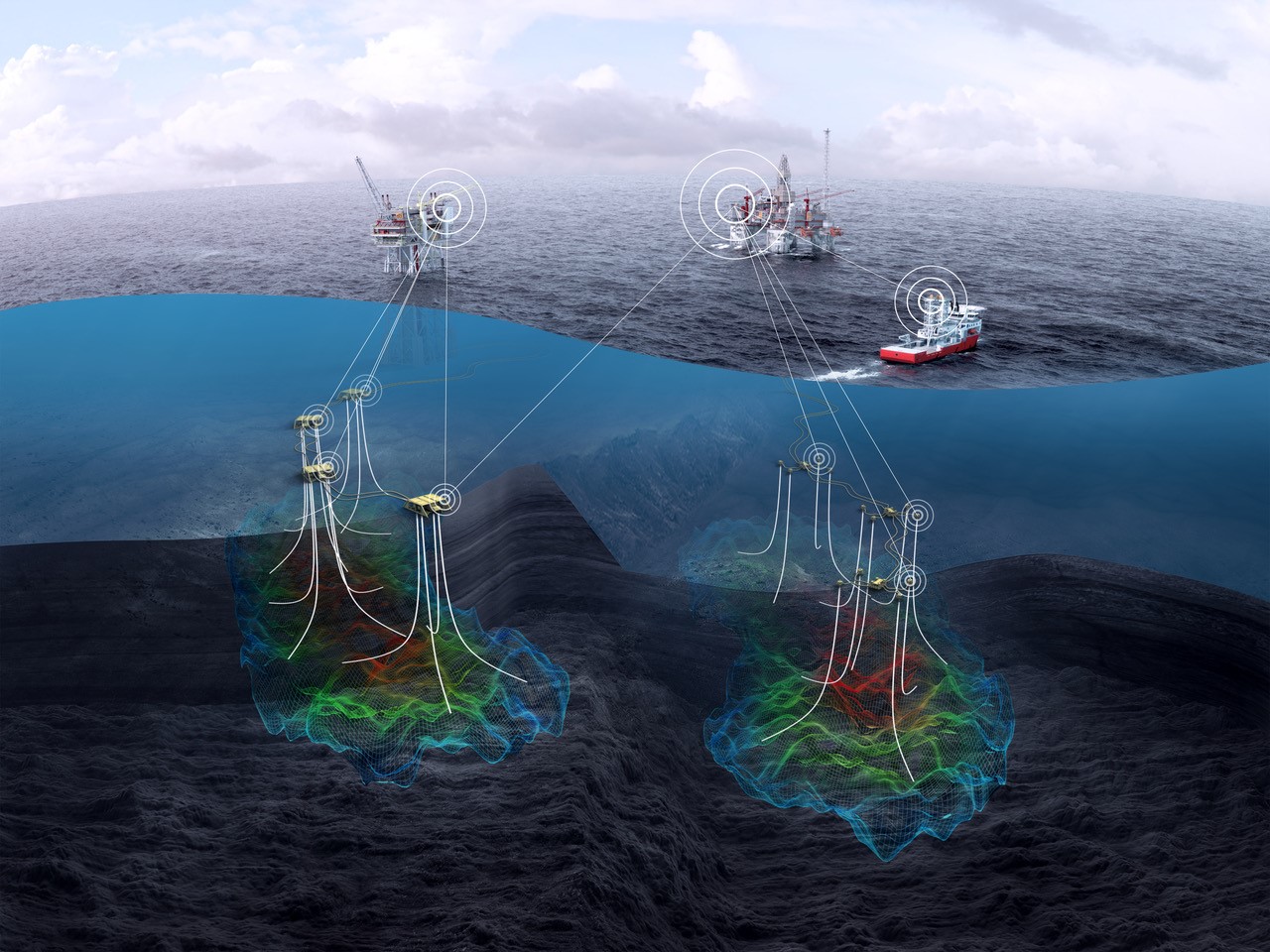
AI-based methane monitoring boost for oil and gas companies’ energy transition
The launch in Europe in mid-April of a new gas cloud imaging (GCI) system from US technology company Honeywell will reveal the ability of Artificial Intelligence (AI) systems to improve safety at oil and gas installations.
The GCI system will provide automated and continuous monitoring for leaks of dangerous and polluting gases such as methane at oil and gas, chemical and power generation facilities across Europe.
Part of the Honeywell Rebellion gas cloud imaging product portfolio, the Mini GCI is a compact device designed for congested areas and small sites. These systems can be placed throughout an industrial facility to continuously monitor for gas leaks and provide alerts as soon as they occur.
The company said reducing gas emissions such as methane from hydrocarbon operations was one the most cost-effective and impactful methods to help reach global climate and environmental goals. Methane is more than 80 times more potent in trapping heat than carbon dioxide after 20 years, said the US Environmental Defense Fund.
Honeywell said the system, powered by proprietary hyperspectral gas analytics using AI, provides facility operators with an easy-to-interpret, colored visualization of the gas plume type, location, direction, size and concentration. This allows for an earlier and more effective response before leaks have the chance to grow into bigger emissions or safety issues.
Honeywell's system provides continuous monitoring and offers real-time analytics to see and measure concentrations of the leaked gases. Using hyperspectral sensors, the system can see an "optical fingerprint" of the gas cloud, which makes it possible to differentiate multiple gas types.
AI is key to its success, said Robert Kester, president and general manager, Honeywell Rebellion. “The machine learning analytics developed by our AI engineers use algorithms to combine the data from visual and hyperspectral sensors to provide an easy-to-interpret visualization of methane and other gas emissions, which are often invisible to the human eye. Additionally, the algorithms are able to provide location, size, and concentration data of the gas cloud emitted. Our analytics can see the infrared ‘fingerprint’ of a gas cloud, enabling it to differentiate between actual gas emissions and false alarms,” he said
Honeywell's gas cloud imaging system has been deployed by more than 25 major energy and chemicals customers globally.
Performance improvement
The AI-powered system provides a substantial performance improvement over current gas leak detection methods, which require workers to periodically inspect a site with handheld thermal imaging cameras to identify leak sources and arrange for repairs. This approach is seen as time consuming, subject to human errors and can only detect a leak at a specific moment in time when the technician is in the field.
More traditional leak detection approaches are based on sending workers out into the field on a routine basis to search for leaks using methods such as handheld optical gas imaging (OGI) devices, explained Kester. “This labor-intensive process is costly, prone to human error, and can only capture an issue at a specific moment in time. An operator wouldn’t be alerted if a leak occurred in between scheduled inspection rounds. Our solution offers continuous monitoring of a facility and automatically alerts the operator when a leak is detected, avoiding many drawbacks of the traditional approaches. This allows operators to take swift action to repair leaks quickly to reduce fugitive emissions even more.”
Honeywell is also developing new, advanced methane quantification capabilities for its system, which will enable customers to more effectively measure methane gas emissions.
“We are continuously improving and advancing this technology to better support our customers’ needs,” said Kester. “Currently, we’re able to detect and measure the concentration of a range of different gases using our hyperspectral imaging technologies. We are working to add advanced analytics to measure the flow rate and mass of methane emissions, so operators can have a much better understanding of the amount released to help prioritize repairs or track their progress to ESG goals.”
The adoption of such techniques carries a wider message for the oil and gas industry, which is under pressure to accelerate the energy transition.
Honeywell itself recently committed to achieve carbon neutrality in its operations and facilities by 2035. In December 2020, BP, Shell, Occidental, Equinor and Repsol all committed to a goal of net-zero emissions by 2050, while Eni has set a target of reducing net emissions by 80% by 2050.
“If our technology is broadly adopted, the oil and gas industry could significantly automate and streamline the detection of methane leaks, the first step towards effective emissions management,” said Kester. This ultimately allows companies to better reach their emissions targets and help countries around the world achieve their environmental goals.
Oil and gas companies want effective and economical approaches with regards to reducing methane emissions. “Studies have shown that 10% of the methane sources in an area are often responsible for more than 50% of the total emissions. With our Gas Cloud Imaging system offering continuous monitoring, operators can focus on the significant methane leaks — the “fat tail” — that are creating the biggest problems,” said Kester.
Reuters Events is part of Reuters News & Media Ltd, 5 Canada Square, Canary Wharf, London, E14 5AQ. Registered in England and Wales: 2505735.

